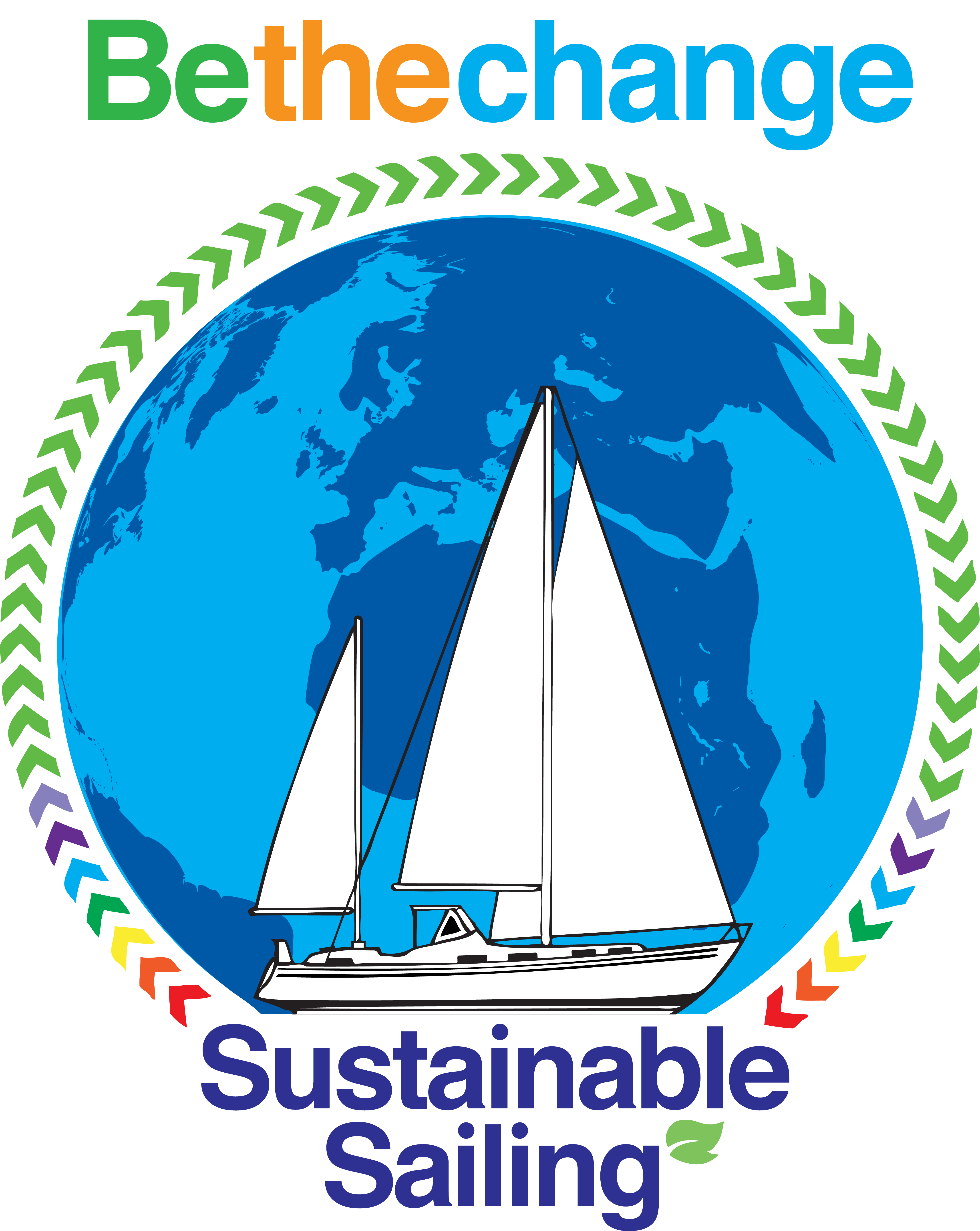Month: March 2021
-
March breaks through 1,000 views
Very happy to see that March has been the first time that we have had more than 1,000 views in one month. That was over 420 visitors. Plus we now have 130 followers spread out between email, WordPress and social media. Good to see some consistent growth. So if you are following us then welcome!…
-
Next generation Dyneema Chainplates
[Update] In the end we decided not to build chainplates that go through the hull. This is what we have ended up with Final Dyneema Chainplate design[End Update] This is a rewrite/reorganisation of this post (no diagrams yet) to, hopefully, make it clearer. I think this is our 3rd generation of Dyneema Chainplate design. We…
-
DIY Washing Machine for Sailing
There are some things that (nearly) all Sailing Channels on YouTube have in common. One is the significant costs in time, money and hassle of maintaining Diesel Engines. Another is the pain of laundry, that is one I want to look at again. I’m going to group the approaches to laundry into three categories: Electric…
-
An Amel, very similar to our Rival 38
We haven’t seen one of these before. An Amel Sharki 39. Closest boat we have ever seen to our Rival 38. Here is a couple giving a boat tour of their Amel Sharki 39 called Panda. The size, rig and layout is by far the closest we have seen to our Vida although the Rival…
-
Chainplate cost update
One of the arguments for switching to Dyneema chainplates has been cost. Today we got a more concrete idea of the costs of replacing roughly like for like. So Cherry Ripe a Rival 38 (but aft cockpit cutter) (see Sailing Beyond Borders) has had to have custom replacement chainplates made in Antigua after one failed…
-
Making Cruising plans
Last night we decided to make some plans for where we want to cruise when we start living aboard after retirement in a few years time, after all that was the goal right from the beginning of this journey with Vida and Sustainable Sailing. I will be writing those dreams up, but we realised that…
-
Route dreams or where might we cruise to
So this follows on from our thoughts about Scandinavia since we have been inspired by the YouTube channels who have been there, including the need to burn diesel to stay warm, despite our aims of being at, or close to Zero Carbon footprint sailing. It takes into account the restrictions and desires that influence our…
-
Our Scandinavian challenges part 2
In Our Scandinavian challenges part 1 I covered the time/permission complications of getting to spend time in the fantastically beautiful (and remote) parts of Scandinavia and the Baltic given the impact of Brexit. I ended with “In part 2 I’ll look at the other key challenges these cruising grounds have for us (particularly heating and…
-
Our Scandinavian challenges part 1
For a while now we have been watching YouTube Videos that have made us want to sail the Norwegian Atlantic coast and visit some of the thousands of islands and Fjords, we have also long fancied visiting the Baltic. Particularly: Juho with Alluring Arctic has spent two years spent entirely above the Arctic Circle, his…
-
Recycling Plastic Progress
Following our post Transforming waste with DIY Plastic recycling we have made some progress. Our son is going to build-up the machines we need and get the processes for shredding and injection moulding sorted for us. That will include getting some products built for sale with Sustainable Sailing branding. The idea is to get everything…
